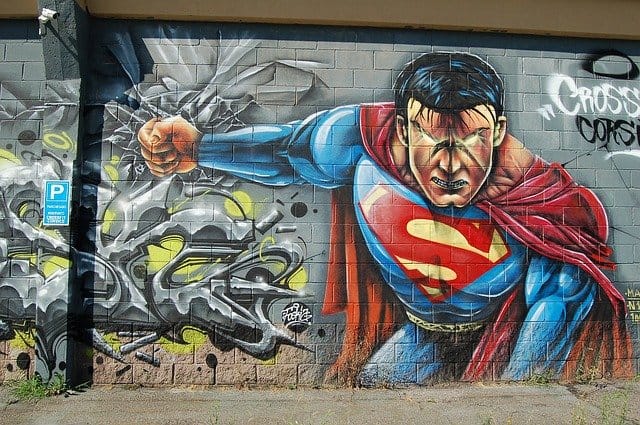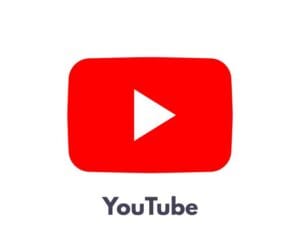Comic books have been a staple in popular culture since their introduction in the 1930s. The comic book format allows various storytelling techniques and artistic mediums without being confined to strict reality. But what makes a comic book unique and interesting? And what are your options if you want to create one? This article will cover all the bases and layouts seven vital things to include in image comics.
1. Format
As stated before, comic books are a medium for storytelling. That means you’ll need to consider your audience and what they will find engaging. One of the most popular genres is superhero comics, which usually follow an individual with superpowers (or, in some cases, an entire team of people). Comedy, tragedy, romance, fantasy/science fiction, political satire, and crime drama are other genres to consider.
2. Story
One of the most powerful elements in comic books that separates them from other forms of media is their ability to tell stories without words (not always). The writing and dialogue help advance the plot and portray character motives, thoughts, feelings, etc. In most cases, a writer will script out a story before an artist commits it to paper or pixel. Some artists have been known to write their own stories as well.
3. Artwork
In comic books, the artwork is the voice of the story. The characters, backgrounds, and props are all brought to life with drawings and illustrations. Sometimes these will be hand-drawn, and other times they’ll be digitally created using computers and software. If you’re not confident in your drawing abilities or want a new artistic medium for your work, there are also comic books with limited artwork. This may be referred to as sequential art, which is non-panel artwork arranged in a cohesive order to tell the story rather than individual panels.
4. Panels
As with other forms of media, comic books such as Geiger, created by Geoff Johns, are divided into different sections or “panels” to create a narrative for the reader. These panels are typically rectangular (or squared) in shape and contain dialogue of the characters or narration. The size of each panel can be manipulated for artistic purposes, but there needs to be some consistency throughout the comic book for it to make sense.
5.Dialogue/Captions
It would be best to use good grammar and spelling when writing dialogue and captions for comic books. If it’s hard to read or doesn’t make sense, then why should your audience continue to read? It’ll also help break up the dialogue into smaller sections that are easier for readers to digest. Just make sure you leave enough room/margin between each section; otherwise, it’ll become too cluttered.
6.Panel Flow
How panels are arranged throughout a comic book is vital in determining how well your audience will understand certain scenes or even the entire story. You should use a grid system when laying out your story in a comic book format. This will help maintain consistency in your layout and give readers a better idea of where certain events occur without being too confusing.
7.Title/Credits Page
This page is where you’ll include all relevant information about the creator(s) behind the comic book. There will typically be a title and credits section to list your roles in creating the story/artwork, such as writer, artist, colorist, letterer, cover design, etc.
A comic book is an informative and useful way to get a message across. Most individuals dismiss the idea of them being something worth their time, but they can be very entertaining if you have the right story/artwork combined with good storytelling.












